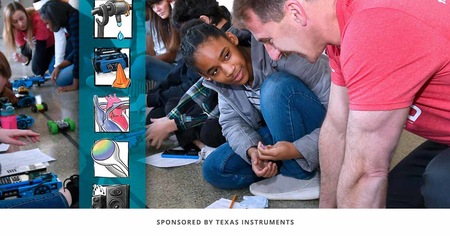According to nerdwallet.com, the average U.S. household's consumer debt includes $15,611 in credit card debt, $155,192 in mortgage debt, and $32,264 in student loan debt. According to BankRate.com, sixty-seven percent of Americans do not have six months of expenses saved in an emergency account.
How can you help your students prepare for a strong financial future? Check out these resources! Whether you put them to use during Financial Capability Month or whenever there is an organic match to your curriculum, they are sure to enhance your instruction about personal finance, and could also be useful for parents!
- MyMoney.gov for Teachers (A variety of resources for the classroom.)
- Savings Fitness Booklet (An overview of maintaining healthy finances over a lifetime.)
- Calculators (figure out tax and interest rates, estimate how long it would take to pay off a credit card balance, et cetera.)
- Helping Your Family Save Money (Downloadable posters with tips to help younger kids contribute to family savings, by conserving energy and preventing waste.)
- Ideas for Teachers (Resources from the popular online budgeting website themint.org.)
- Parents and Kids and Money (Resources for parents from themint.org.)
- School-Based Bank Savings Programs (Guidelines for setting up a school or organization bank in partnership with a local bank.)
- U.S. Mint for Teachers (K-12 lesson plans, "classroom gadgets," and currency trivia, this website contains a wide range of resources.)
- U.S. Currency - Education Materials (Provides information about security features in new currency, and other interesting facets of currency production.)
- Money Smart - A Financial Education Program (Provides curriculum for elementary students, and young adults ages twelve to twenty, with curriculum alignment and support from FDIC.)
- Money Math: Lessons for Life (Provides resources for grades seven through nine to supplement math classes.)




